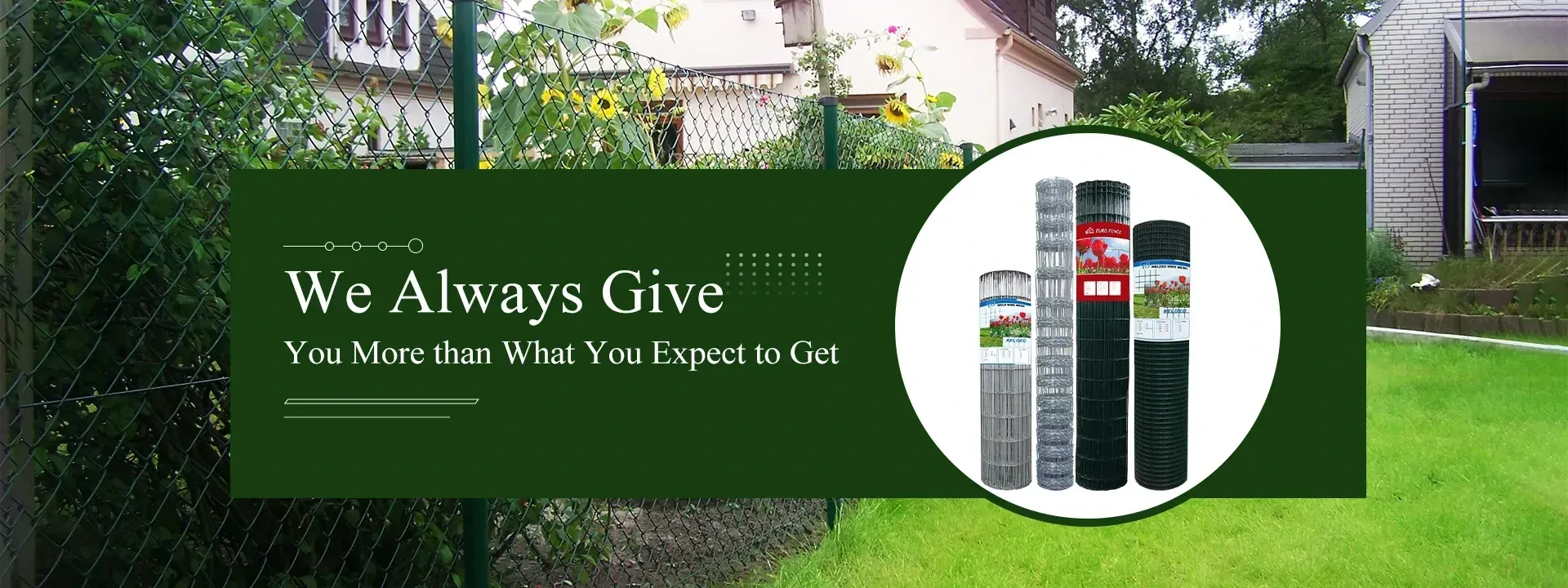Understanding Silt Fences Essential Tools for Erosion Control
Silt fences are an indispensable tool in the realm of erosion control and sediment management. Specifically designed to manage the runoff from construction sites and other land disturbances, a silt fence measuring 2 feet by 100 feet is particularly effective in controlling sediment during various activities such as grading, excavating, and land clearing. This article explores the function, installation, benefits, and considerations regarding the use of silt fences, especially in the context of their application size.
What is a Silt Fence?
A silt fence is a temporary sediment control device made from a permeable geotextile fabric. It is typically installed in a linear fashion around a site to intercept sediment-laden runoff from disturbed areas. As water flows through the fence, sediment is trapped, allowing clearer water to pass while preventing erosion and sedimentation in adjacent areas such as streams, ponds, or roads.
Purpose and Functionality
The primary purpose of a silt fence is to reduce the amount of sediment that runs off from construction sites or land that has been disturbed. Erosion can lead to the loss of soil, which is vital for plant growth, and can also harm local waterways by increasing sedimentation rates, which can affect aquatic habitats and water quality. By capturing sediment, silt fences play a crucial role in protecting these environments.
When rain or surface water travels across a construction site, it picks up soil particles and carries them with it. When this water encounters the silt fence, the velocity decreases, allowing sediment to settle out and be captured by the fabric. This process helps maintain the integrity of the surrounding landscape and ensures compliance with environmental regulations regarding sediment control.
Installation and Maintenance
Installing a silt fence is straightforward, yet it is crucial to follow correct procedures to ensure its effectiveness. The fence should be placed along the contour of the land and installed before any land disturbance begins. Some key steps include
silt fence 2 ft x 100 ft

1. Site Preparation Clear the area where the silt fence will be installed to ensure proper contact with the ground. 2. Digging a Trench A trench approximately 4-6 inches deep should be dug along the installation line, allowing the bottom edge of the fabric to be buried to prevent water from flowing underneath. 3. Securing the Fabric The silt fence fabric should be fastened to sturdy posts typically made of wood or metal that are installed every 6-8 feet. 4. Backfilling The trench should be backfilled with soil, securing the fabric in place and helping establish a proper seal against water flow. 5. Regular Inspection After installation, it’s essential to inspect the silt fence regularly, especially after rain events, to assess its effectiveness and repair any damages or breaches.
Benefits of Using Silt Fences
The benefits of silt fences are numerous. They provide
- Cost-Effectiveness Silt fences are relatively inexpensive compared to other sediment control measures, making them an attractive option for many projects. - Ease of Installation The straightforward installation process allows for quick deployment on site, which is particularly important when prompt erosion control is required. - Environmental Protection They play a significant role in protecting water quality and ensuring compliance with local and federal environmental regulations.
Considerations
While silt fences are effective for temporary sediment control, they have limitations. They are designed primarily for small to moderate rainfall events and may not be sufficient in heavy storms. Additionally, silt fences should not be used in areas with concentrated flow or where large debris is present. Therefore, it is essential to assess site conditions and consider integrating other erosion control measures as necessary.
Conclusion
In summary, the use of a 2 ft x 100 ft silt fence is an effective and economical solution for managing erosion and sediment runoff on construction sites and other disturbed land. By ensuring proper installation and maintenance, silt fences can significantly contribute to environmental protection and compliance with regulatory standards, preserving both soil integrity and local water quality. As landscapes continue to face challenges from development, recognizing and implementing effective erosion control measures like silt fences is more crucial than ever.
















